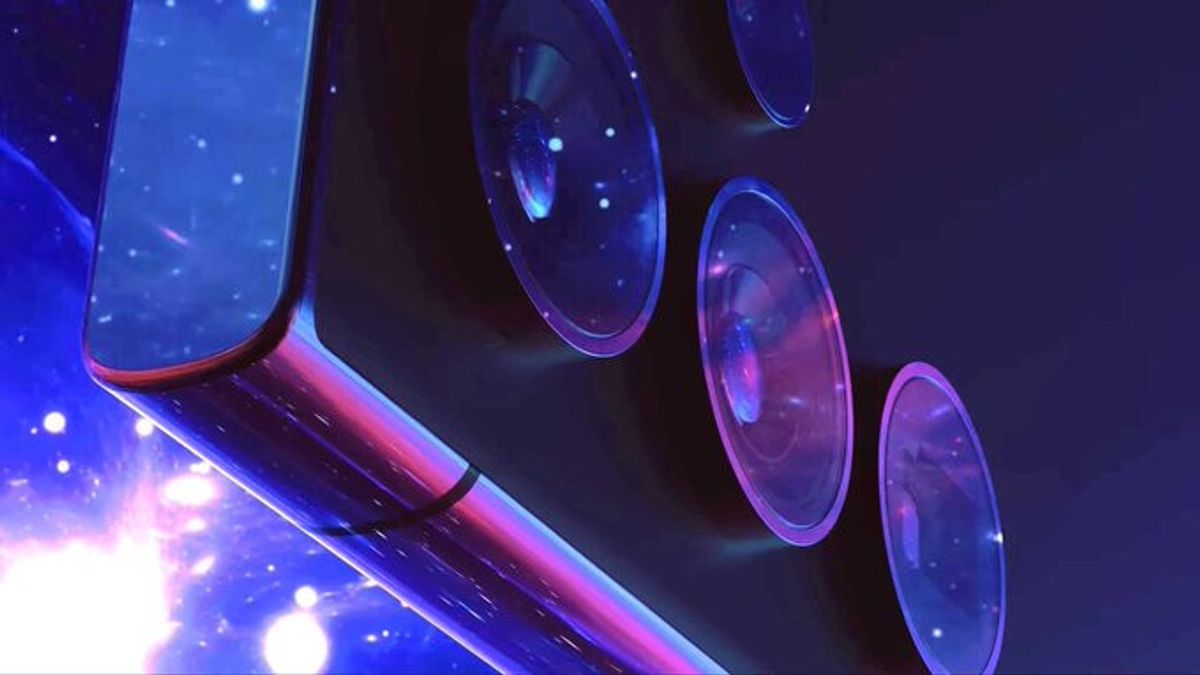JAKARTA - Google announced an update to the Jetpack CameraX library that will allow third-party camera apps to capture Ultra HDR images. Ultra HDR is a new image format introduced on Android 14, which allows storage of SDR and HDR versions of an image in one file. Currently, only camera apps that use the Android Camera2 API can take images of Ultra HDR.
Ultra HDR is a Google-made image format based on popular JPEG format. Because it is JPEG-based, Ultra HDR images can be viewed on almost all devices, regardless of whether they have an HDR screen or not. What makes the Ultra HDR image special is when viewed on devices with an HDR screen, the HDR version of the image is displayed, offering a more live and contrasted color.
Ultra HDR allows image storage in JPEG files with an HDR profit map embedded in their metadata. The app can then apply this map above the basic version of the SDR from the image also contained in the file. To support this step, the existing camera app needs to be updated.
API Camera2 is part of the Android OS framework and is used by apps that want to implement advanced camera functions. API CameraX, on the other hand, is part of a Jetpack support library and is more aimed at apps that require only access to the camera for additional functions. As the new camera feature is developed for Camera2 first, CameraX-dependent developers will have to wait for Google to bring that functionality. Some Camera2 features never reach CameraX, but Ultra HDR capture support is an exception.
At the I/O 2024 developer conference, Google announced that it will update CameraX's library to support Ultra HDR shooting. This update is seen in version 1.4.0-alpha05 released in April. Version 1.4.0 of CameraX will introduce a new API output format to ImageCapture and ImageCaptureCapabilitiesclass.
SEE ALSO:
This API includes the GetSupportedOutputFormats method in ImageCaptureCapabilities to ask if the device is capable of taking Ultra HDR images. This should be possible on devices running Android 14 or above. If the output format is set to OutPUT_FORMAT_JPEG_ULTRA_HDR on devices that support Ultra HDR imaging, then the CameraX library will take an Ultra HDR image in the JPEG/R image format.
Ultra HDR images will appear as regular JPEG files in old apps or devices with SDR screens, and will appear as HDR in apps and devices supporting those formats. Currently, only Google Chrome fully supports Ultra HDR on Android and desktop.
Devices that can perfectly display Ultra HDR images including Samsung's Galaxy S24 series, Google's Pixel 7 and Pixel 8 series, as well as several others. Some new Windows PCs with HDR screens can also display Ultra HDR images.
The benefits of Ultra HDR images are difficult to explain via text, so if you have a device that can see them, it is recommended to try to see some Ultra HDR images. With this Jetpack CameraX library update, third-party applications will soon begin storing images in Ultra HDR format after a version of 1.4.0 of the library is released.
The English, Chinese, Japanese, Arabic, and French versions are automatically generated by the AI. So there may still be inaccuracies in translating, please always see Indonesian as our main language. (system supported by DigitalSiber.id)


















